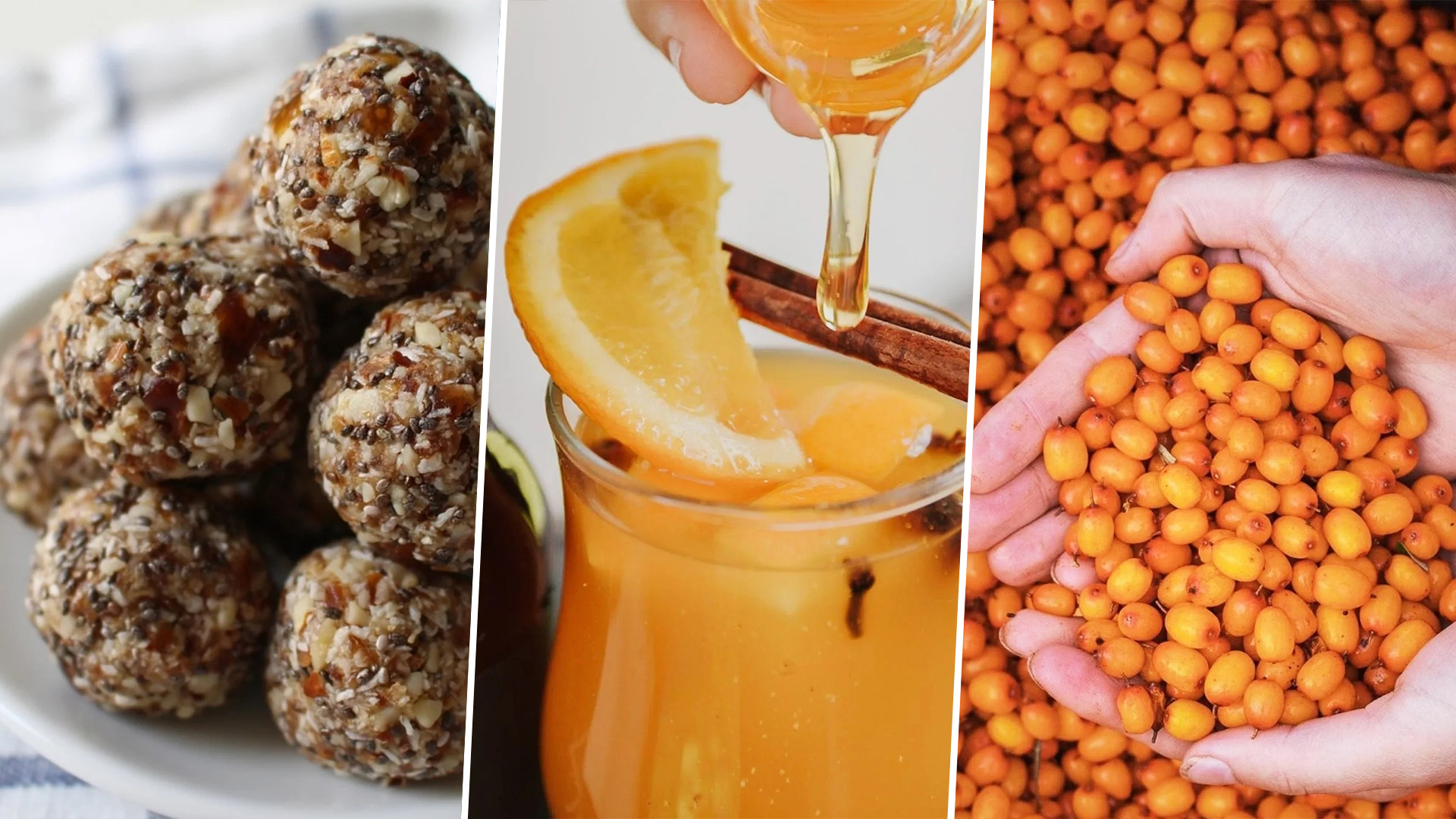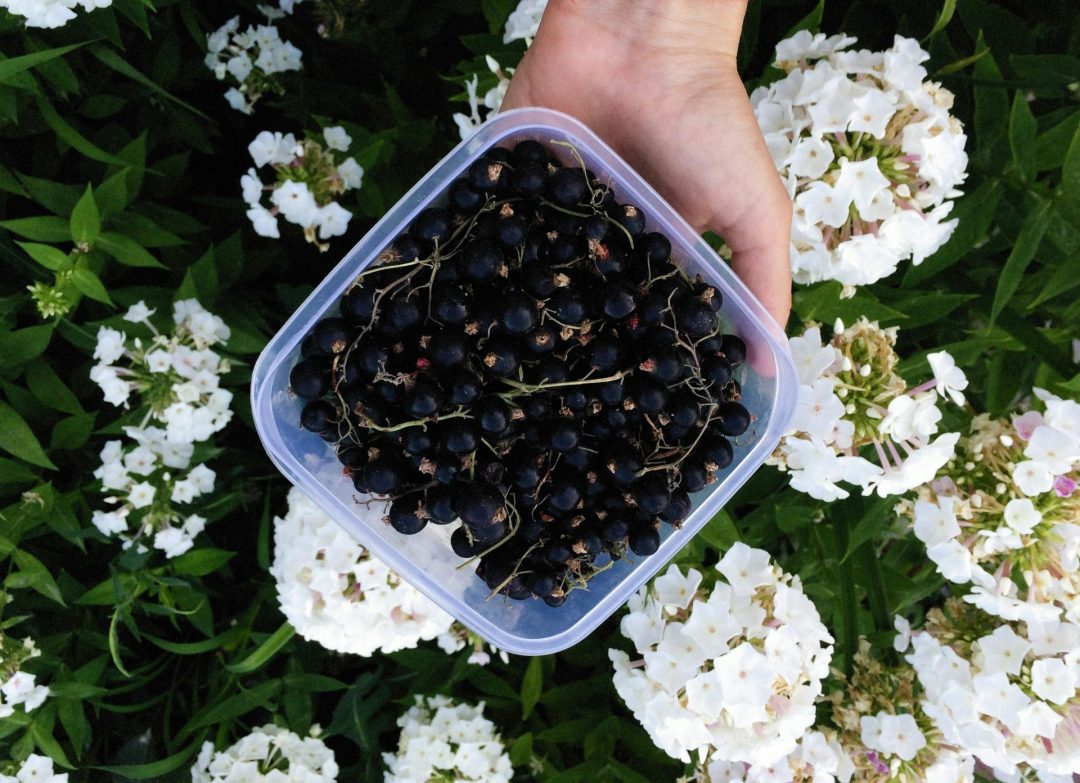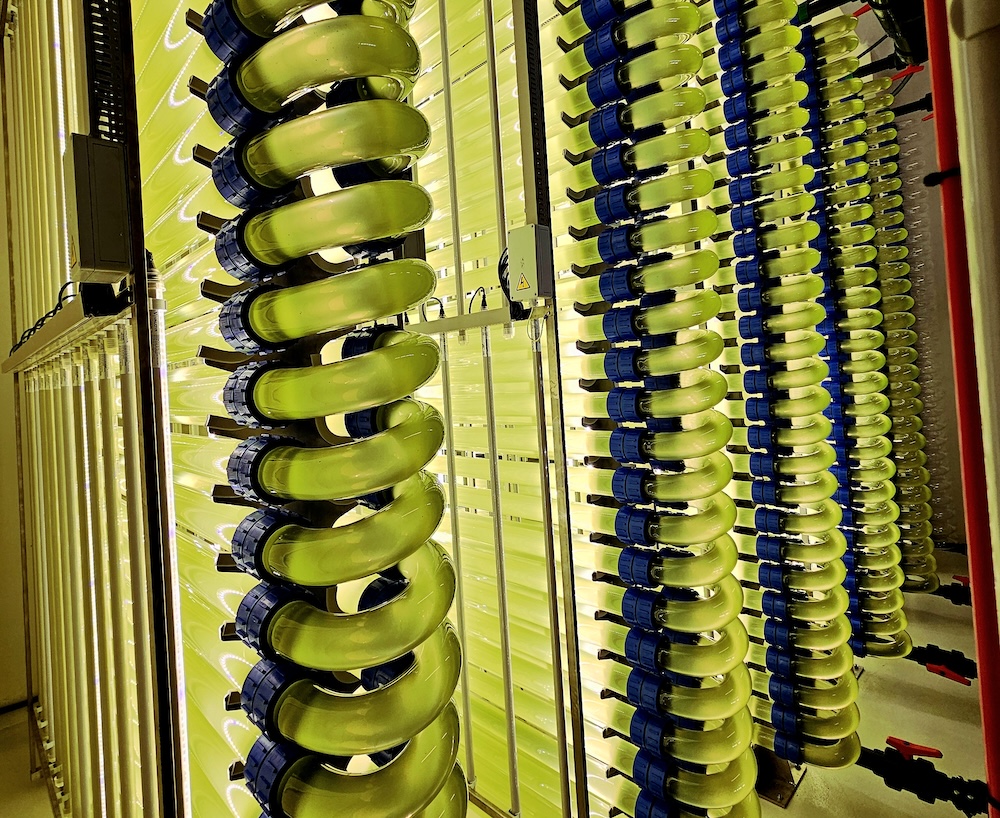Latvia’s rich tradition of harnessing nature’s bounty for health and wellness spans generations. Among the country’s natural treasures, three remarkable fruits stand out: quince, black currant, and sea buckthorn. These versatile superfruits have transcended their traditional roles as natural remedies to become integral ingredients in modern cosmetics, culinary creations, and pharmaceutical products.
Quince: A Taste of Tradition
The fresh, tart taste of quince is unmistakable, holding a special place in Latvian culture and tradition. Many associate it with childhood memories: the bubbly “children’s champagne” Mežezers, grandma’s quince syrup for tea, or the sweet syrup water served at celebrations. This nostalgic fruit has always been cherished.
In recent years, quince has gained even more attention for its versatility. You can find candied quince in natural snack sections of most stores, and quince wine has become a Latvian specialty. Taking things to the next level, Latvian biotechnology company Alternative Plants uses quince stem cells to create potent ingredients for skincare products.
Beyond its cultural significance, quince is a nutritional powerhouse. Packed with vitamin C, antioxidants, fiber, and other valuable nutrients, it’s a fruit that’s as healthy as it is delicious.








